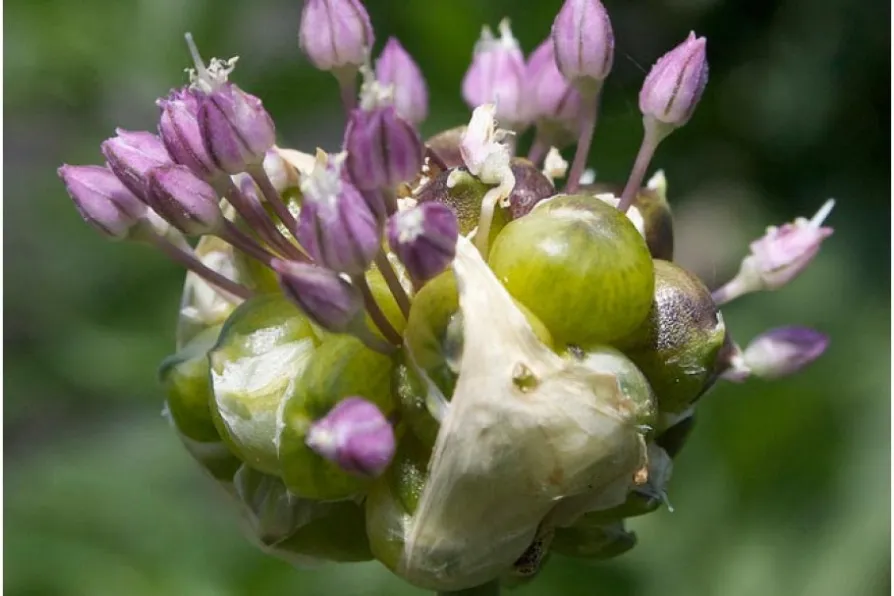Once the bustling heart of Christian pilgrimage, Bethlehem now faces shuttered hotels, empty streets and a shrinking Christian community, while Israel’s assault on Gaza and the tightening grip of occupation destroy hopes of peace at the birthplace of Christ, writes Father GEOFF BOTTOMS
When is a leek not a leek?

 [Fluffymuppet]
[Fluffymuppet]
IT’S many years since I’ve written about leeks in this column and, to be honest, I’m not writing about them this month either.
Embarrassment is part of the reason. In the past I’ve described leeks as the one crop you’ll never go wrong with — a vegetable that’s guaranteed to perform well in any conditions, but the leek has recently become a much more difficult prospect.
Two serious problems, the leek moth and the allium leaf miner, are spreading rapidly through Britain, seemingly assisted by climate change.
Similar stories

MAT COWARD presents a peculiar cabbage that will only do its bodybuilding once the summer dies down

It’s a dead easy crop to grow and can be made into one of Britain’s best sauces. MAT COWARD explains how

MAT COWARD battles wayward pigeons in pursuit of a crop of purple sprouting broccoli

Although there’s not much growing in the garden in January, globe artichokes are worth a try if you follow these tips from MAT COWARD










